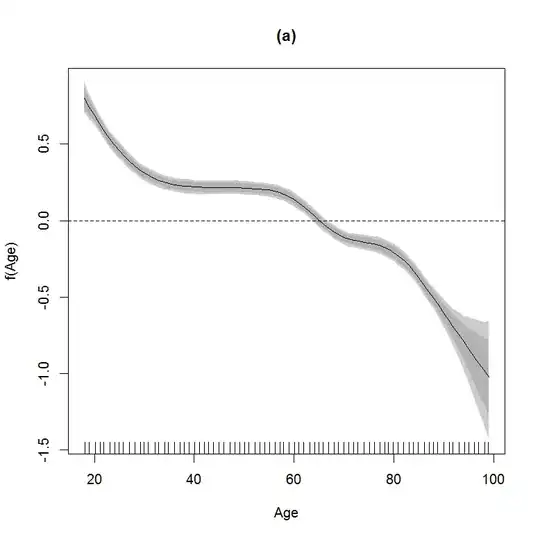I am doing some projects related to statistics simulation using R based on "Introduction to Scientific Programming and Simulation Using R". In the Students projects session (chapter 24), I am doing the "The pipe spiders of Brunswick" problem. At the end of this project, he asks if there is any way where you can design a web spider that has a efficiency of at least 45.
A web spider is made of segments from points in the circle border, as we can see below:

In this project a web spider is created inside a circle of radio 1, and its efficiency is calculated as follows:
100*p - a,
where
p = probability of a fly is caught by the web. Flies are randomly generated inside the circle
a = length of the web
So clearly there is a trade-off, if the web is bigger, certainly it will catch more flies, but it will have a higher "cost". I am trying to figure out how to design a web with higher efficiency based on this information, all I know is that the ideal would be that the strands of the web do not cross each other too much.